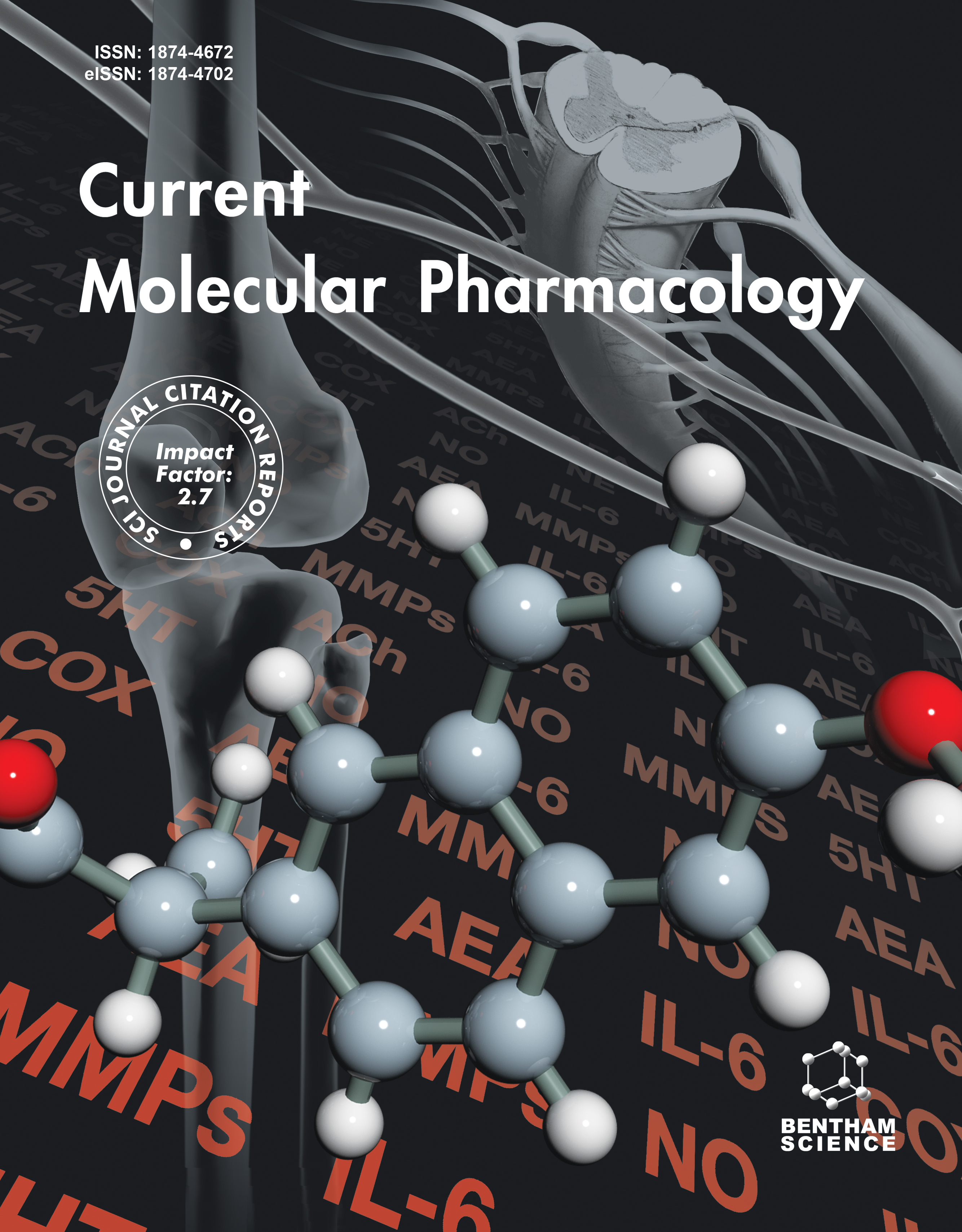-
oa The Mediating Role of miR-451/ETV4/MMP13 Signaling Axis on Epithelial-mesenchymal Transition in Promoting Non-small Cell Lung Cancer Progression
- Source: Current Molecular Pharmacology, Volume 17, Issue 1, Jan 2024, e210723218988
-
- 28 Feb 2023
- 22 Jun 2023
- 01 Jan 2024
Abstract
Lung cancer is a leading cause of cancer mortality. It is one of the most abundant cancer types clinically, with 2 million new cases diagnosed yearly.
Using clinically collected non-small cell lung cancer (NSCLC) samples, we sought to hypothesize an innovative intact signaling cascade for the disorder.
We dissected snap-frozen NSCLC tissues along with sibling-paired nearby non-tumorous tissues from 108 NSCLC patients. We measured the expression levels of miR-451/ETV4/MMP13 using qRT-PCR and did a thorough investigation of the molecular mechanism for the signaling axis in NSCLC cell line A549. We also studied the epithelial-mesenchymal transition (EMT) process.
The activity of miR-451 was significantly decreased in NSCLC tissues, while the expression levels of ETV4 and MMP13 were remarkably increased. At the same time, miR-451 levels maintained a declining trend across TNM stage I–III. Inversely, ETV4 and MMP13 increased as the TNM stage increased. The miR-451/ETV4/MMP13 signaling axis was closely associated with prognosis in NSCLC patients. Based on in vitro experiments, ETV4 was a direct targeting factor for miRNA-451. Meanwhile, ETV4 promoted the tumor properties of NSCLC cells by directly activating MMP13. Silencing MMP13 blocked the EMT progress of NSCLC cells.
Overall, we hypothesized an impeccable signaling pathway for NSCLC from a new aspect, and this can offer alternative insights for a better understanding of the disorder.


